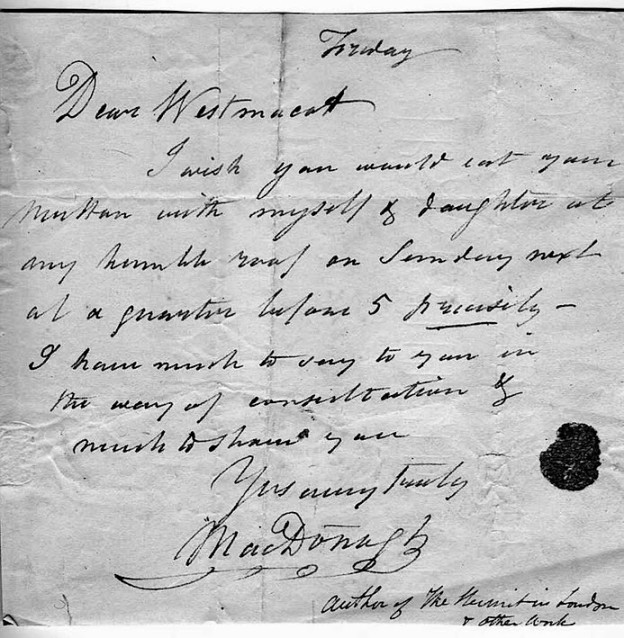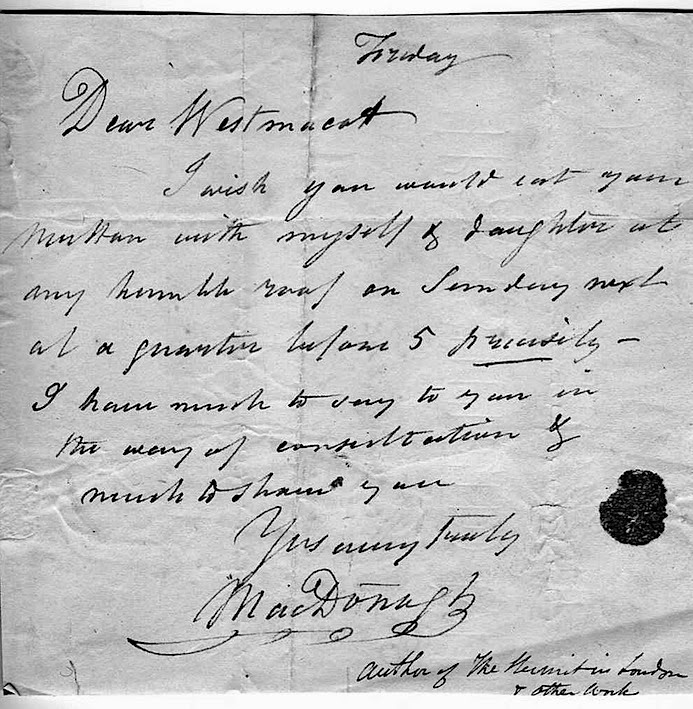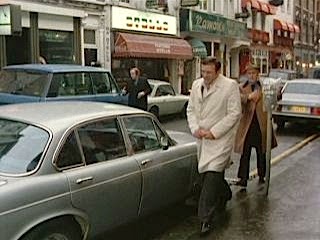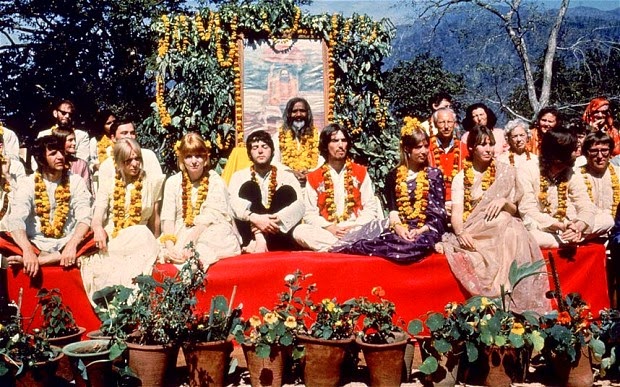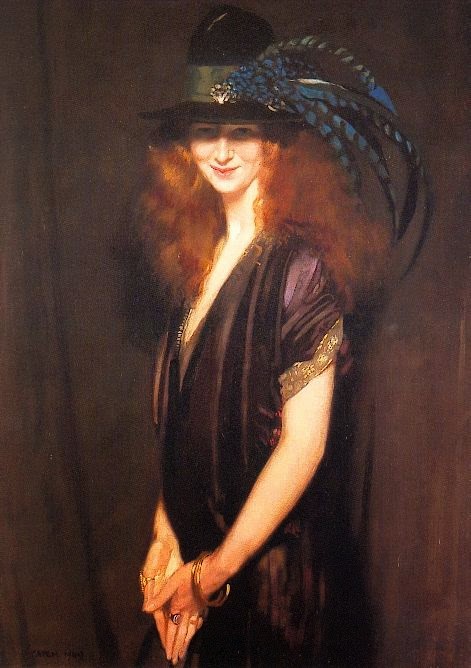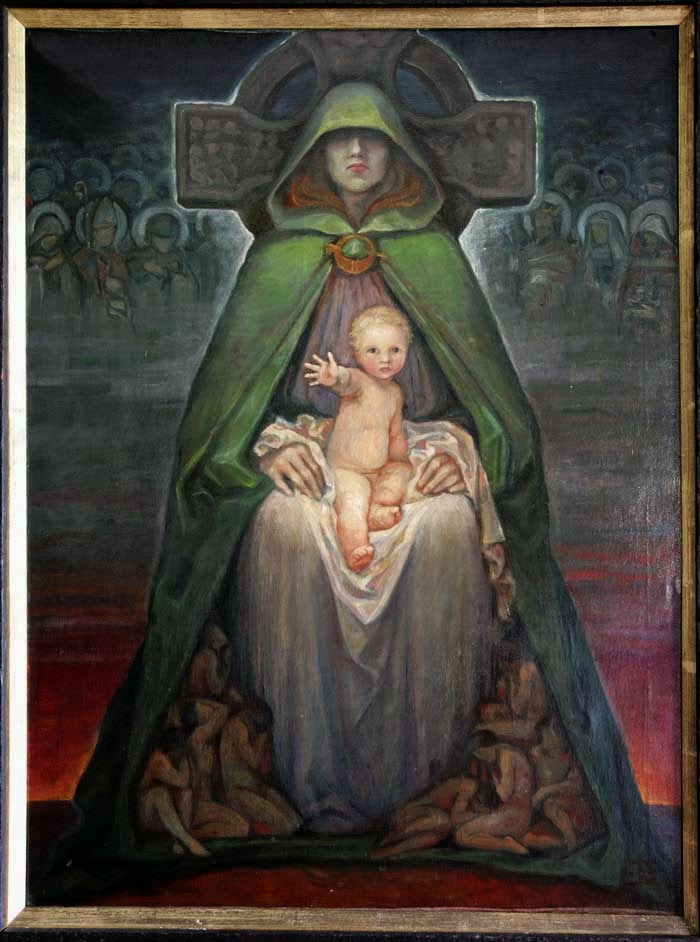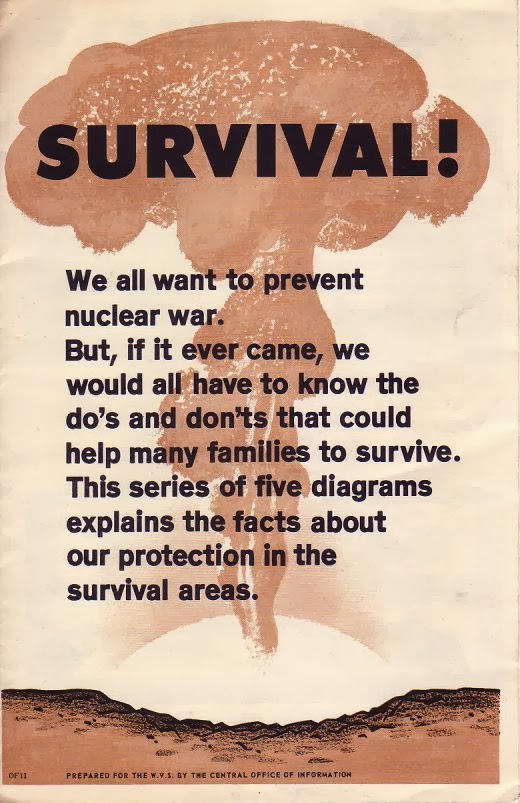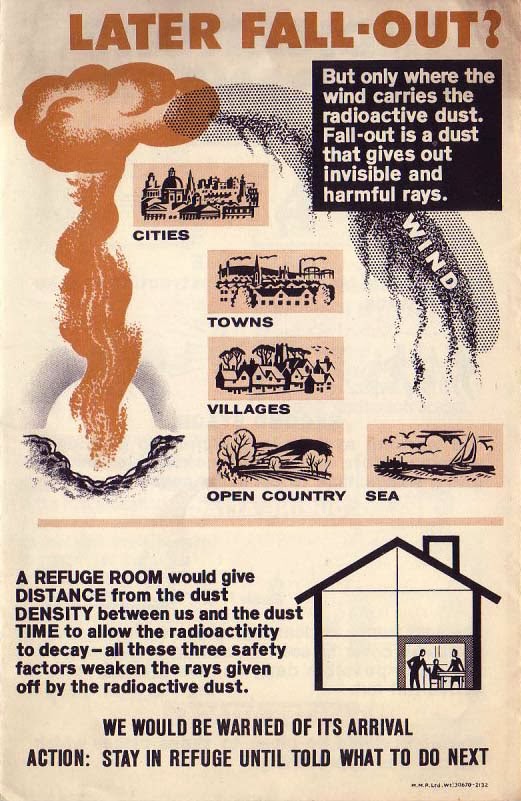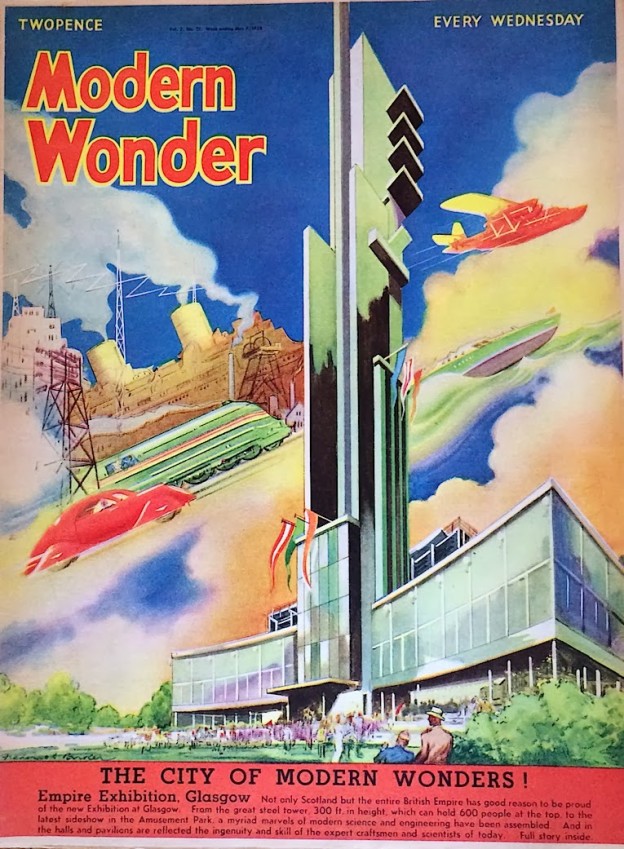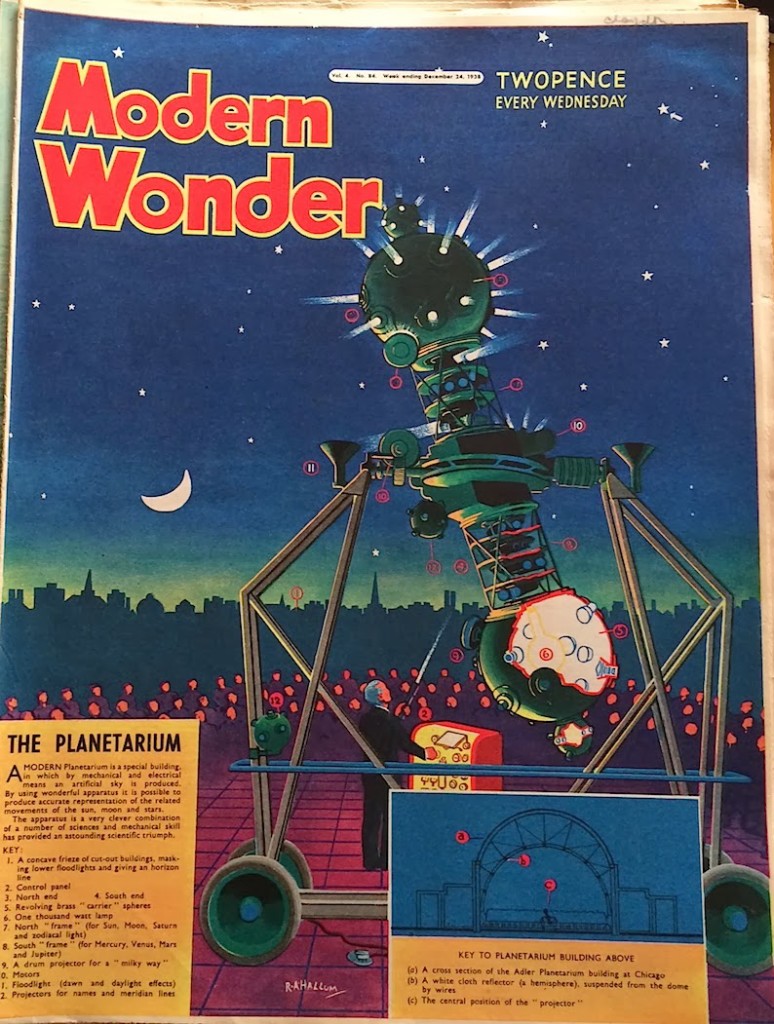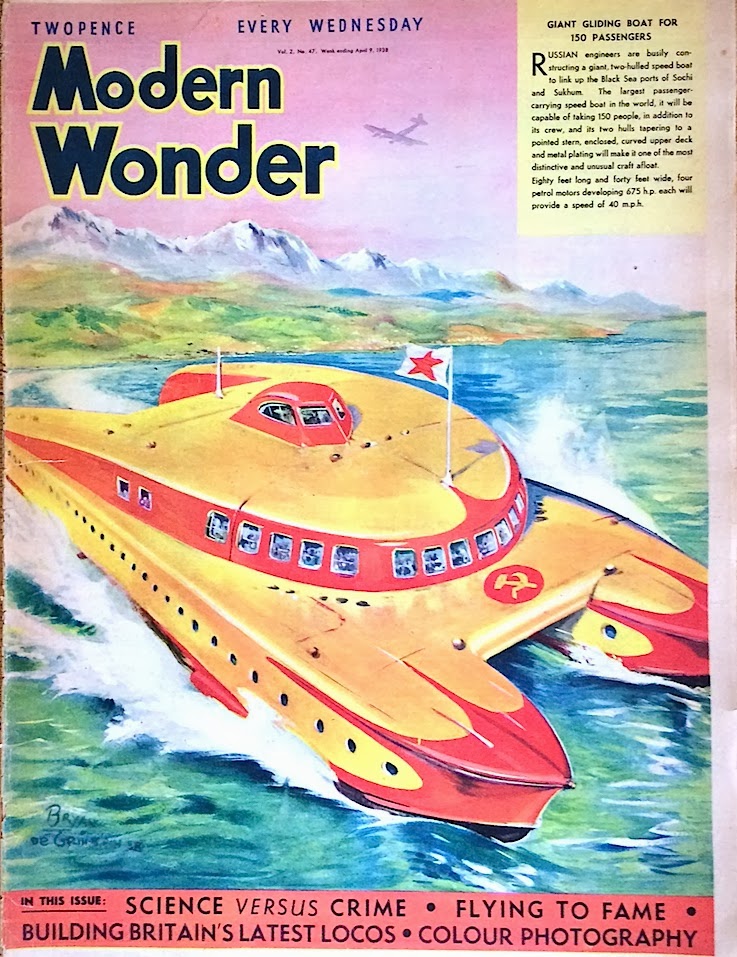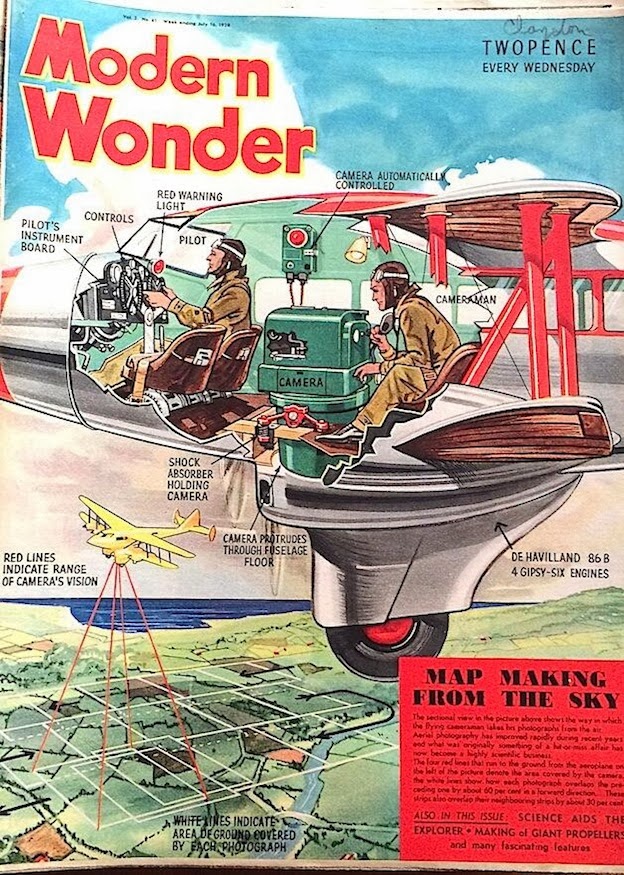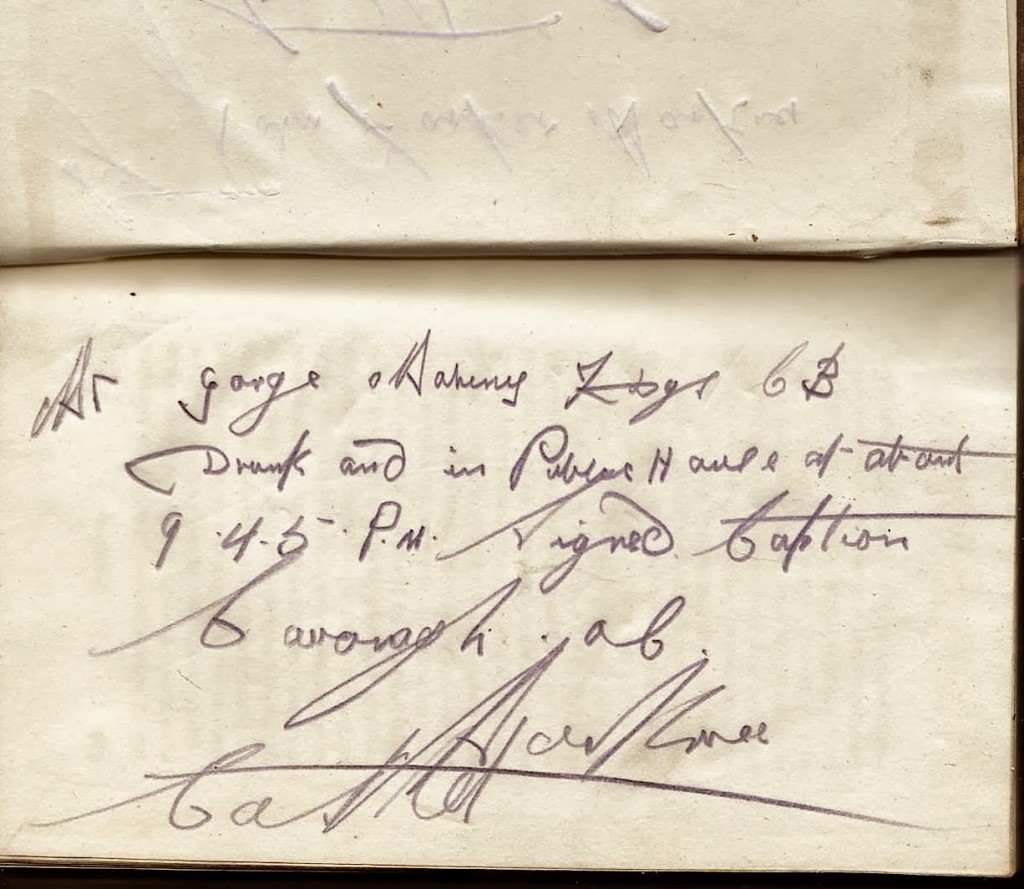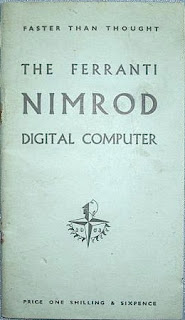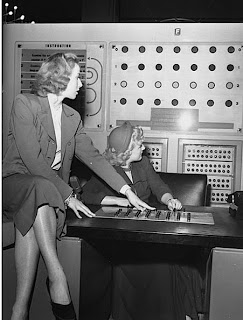
The Meaning of the Missiles---a Cold War warning from American peace organisations.
If the cease fire in Eastern Ukraine fails and the US government votes to arm the Ukraine forces, some experts predict that this dangerous escalation could create a situation similar in its ramifications to the Cuban Missile Crisis of 1962.
This 'Survival Leaflet no 6', which was issued in 1958/59 by three American peace organisations, possibly directed by Quaker pacifists, but acting in concert, seems deliberately alarmist in its predictions of a push button nuclear war in which American cities are atomised by Soviet H bombs and cities in the Soviet Union are destroyed by rockets from European installations under the control of the Pentagon. But this destruction was quite feasible in 1957, when, according to the leaflet there were 'precise plans to erect in Europe some fourteen rocket positions in each of which will be emplaced perhaps fifteen missiles.'
The antidote to such warmongering, according to the authors of this pamphlet, is love and pragmatism overcoming political ideology. Public opinion in favour of a build up of missiles must be changed and the way to do this was for American lovers of peace to write to their representatives, talk to those in positions of power, organise local meetings and distribute copies of this leaflet, which cost $1 for 50. [RR]


